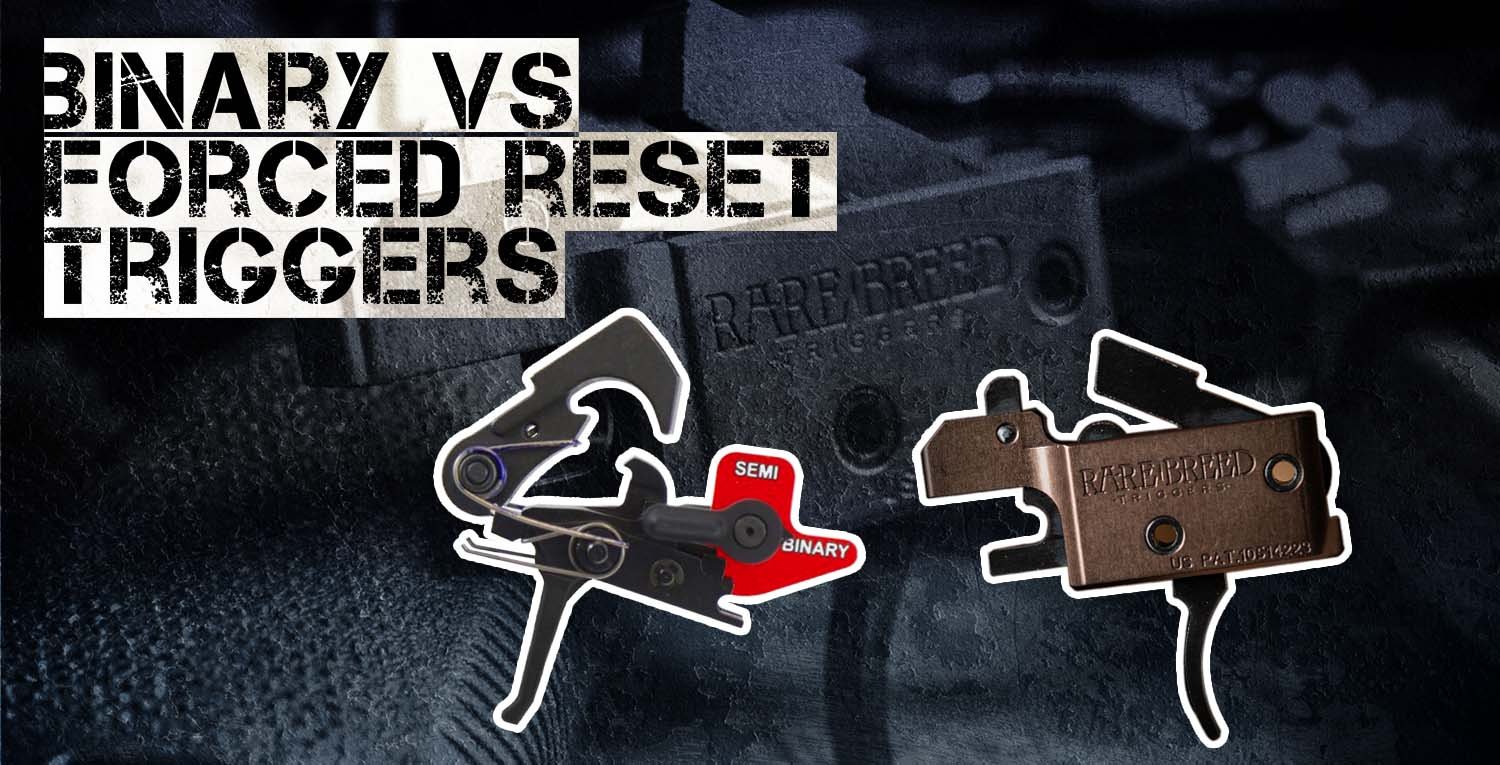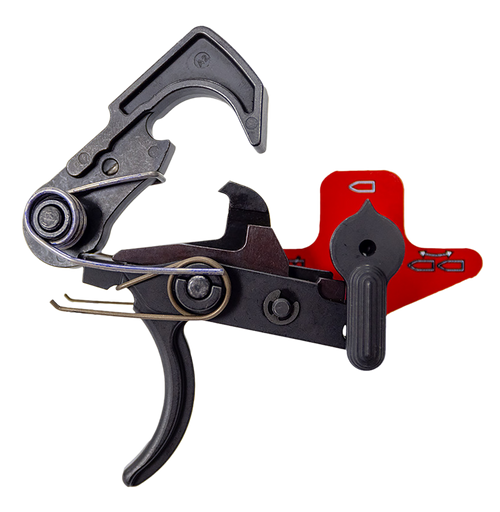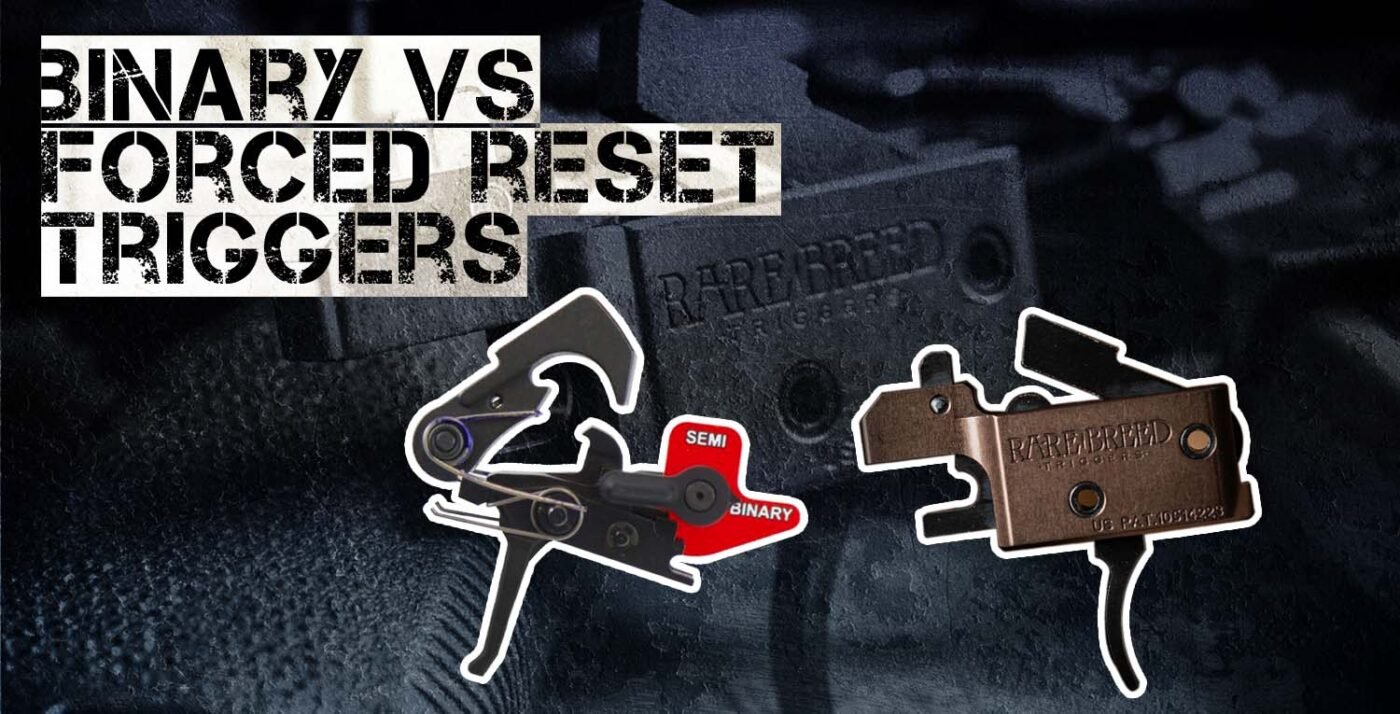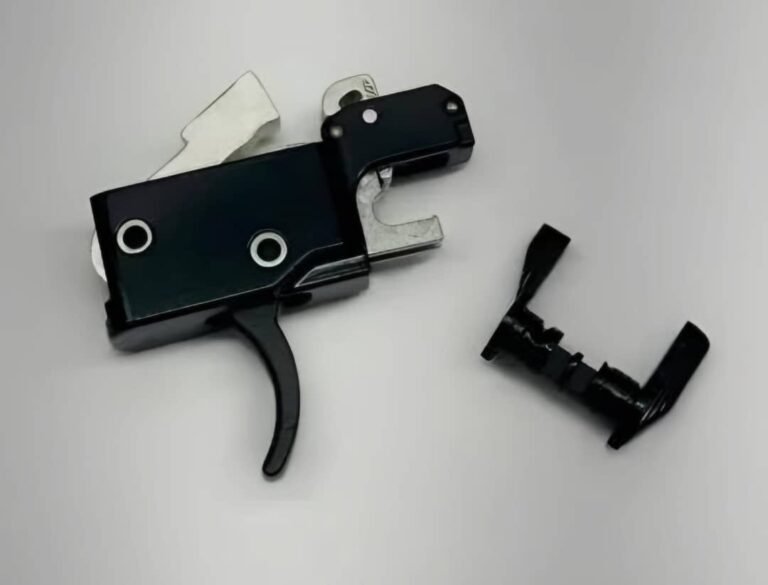
Binary Trigger vs FRT: Key Differences & Which One Is Right for You
Binary Trigger vs FRT
Binary Triggers vs FRT (Forced Reset Triggers) debate is a hot topic among firearm enthusiasts, competitive shooters, and tactical professionals. Understanding the differences between these two trigger systems is crucial for optimizing performance, compliance, and personal preference.
This guide is designed for gun owners, shooting sports competitors, and self-defense practitioners who want to enhance their firearm’s rate of fire while staying within legal boundaries. We’ll break down the mechanics, legality, pros and cons, and ideal use cases for each trigger system.
By the end of this post, you’ll know whether a binary trigger or FRT is the right choice for your needs. Let’s dive in!
What Are Binary Triggers and FRTs?
Binary Triggers Explained
A binary trigger fires one round when the trigger is pulled and another when it’s released, effectively doubling the firing rate compared to a semi-automatic trigger. Popular brands like Franklin Armory have made these triggers widely accessible.
🔗 Learn more about how binary triggers work.

Forced Reset Triggers (FRT) Explained
An FRT (Forced Reset Trigger) uses a mechanical reset system to allow rapid firing by forcing the trigger forward after each shot, mimicking full-auto speeds while remaining semi-automatic. The Rare Breed FRT-15 is one of the most well-known examples.
🔗 Discover the history and evolution of FRT triggers.

Binary Trigger vs FRT: Key Differences
| Feature | Binary Trigger | FRT (Forced Reset Trigger) |
|---|---|---|
| Firing Mechanism | Fires on pull & release | Forces reset for rapid follow-up shots |
| Rate of Fire | ~2x semi-auto | Near full-auto speeds |
| Legal Status | Generally legal (check state laws) | Subject to ATF scrutiny |
| Reliability | Consistent, but slower than FRT | Faster but may have legal risks |
| Best For | Recreational shooting, competition | Rapid fire, tactical training |
🔗 Compare binary triggers and FRTs in-depth.
Advantages and Disadvantages
Binary Triggers: Pros & Cons
✅ Pros:
- Legal in most states
- Improved firing speed over standard triggers
- Reliable and widely available
❌ Cons:
- Slower than FRTs
- Requires precise trigger control
🔗 Read about the best binary triggers on the market.
FRT Triggers: Pros & Cons
✅ Pros:
- Near full-auto speeds
- Smooth, rapid firing experience
❌ Cons:
- Legal gray area (ATF has targeted some models)
- Limited availability due to regulations
🔗 See the latest ATF rulings on FRTs.
Which One Should You Choose Between Binary vs FRT(Force Reset Trigger)?
Best for Recreational Shooting: Binary Trigger
If you want a faster trigger without legal concerns, a binary trigger is a great choice.
Best for Tactical & Rapid Fire: FRT
For those prioritizing speed and willing to navigate legal complexities, an FRT may be worth considering.
🔗 Find out how to install an FRT or binary trigger.

Final Thoughts: Binary Trigger vs FRT
Both binary triggers and FRTs offer unique advantages depending on your needs. While binary triggers provide a legal and reliable upgrade, FRTs push the limits of semi-auto performance.
🔗 Explore our full selection of high-performance triggers.
Which one will you choose? Let us know in the comments or check out our related guides for more insights!
Additional Resources
- ATF Regulations on Triggers
- Best Firearms for Binary & FRT Triggers
- Maintenance Tips for High-Speed Triggers
Ready to upgrade your trigger? Shop now at Rare Breed Triggers!


